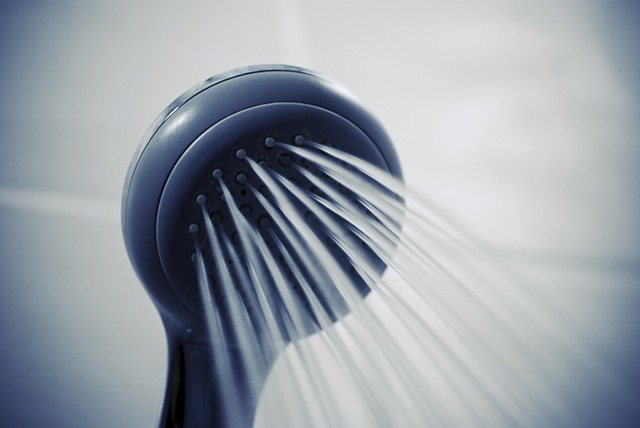Replacing your shower head is an easy DIY project that conserves water, saves money, and enhances your shower experience. Older models waste up to 70% more water than modern low-flow alternatives, but new shower heads offer improved pressure without excessive usage. With simple tools like an adjustable wrench or pliers, homeowners can turn off the water supply, remove the old head, clean pipes, install a new one, and enjoy a more sustainable showering experience while contributing to environmental sustainability and long-term savings on utility bills.
Save water and boost your shower experience by considering a simple yet effective upgrade: replacing your shower head. In today’s conscious effort to conserve resources, water-efficient shower heads are not just an eco-friendly choice but also a cost-saver. This article guides you through the process of replacing your shower head with a new, more efficient model, explaining the benefits and offering a step-by-step tutorial on how to do it yourself. Learn why this small change can make a big difference.
- Why Consider a Shower Head Replacement?
- The Benefits of Water-Efficient Shower Heads
- How to Replace Your Shower Head: A Step-by-Step Guide
Why Consider a Shower Head Replacement?

Many homeowners may wonder, Why consider replacing my shower head? Well, this simple upgrade can offer significant benefits, both for your wallet and the environment. Older shower heads can be major water wasters, using up to 70% more water than modern low-flow models. By replacing them, you’re not only reducing your water bills but also contributing to water conservation, a precious resource that’s becoming increasingly scarce worldwide.
A new shower head is an easy and effective way to improve water pressure, too. Low-pressure water can make showers feel lackluster, but the latest shower technologies offer enhanced flow rates without guzzling excess H2O. With how straightforward it is to install a new shower head—a simple DIY project known as how to replace a shower head—it’s an accessible way for anyone to make a difference and enjoy a more efficient, satisfying shower experience.
The Benefits of Water-Efficient Shower Heads

Water-efficient shower heads are a simple yet powerful tool in the fight against water wastage. By incorporating these innovative devices, you can significantly reduce your daily water consumption without compromising on the shower experience. The key advantage lies in their ability to deliver a high-pressure flow while using less water—a game-changer for those concerned about both water conservation and utility bills.
Installing a new, water-efficient shower head is an easy DIY project, or you can seek professional help. It involves removing the old shower head and attaching the new one, a process known as “How to Replace a Shower Head.” This straightforward task not only contributes to environmental sustainability but also offers long-term savings, making it a smart investment for any homeowner.
How to Replace Your Shower Head: A Step-by-Step Guide

Replacing your shower head is an easy, DIY project that can significantly impact your water conservation efforts. Here’s a step-by-step guide to help you through the process.
1. Gather the Tools: Before you begin, ensure you have all the necessary tools at hand. You’ll typically need an adjustable wrench or pliers for loosening the old shower head, and possibly a new shower head of your choice.
2. Turn Off the Water Supply: The first step is to shut off the water supply to your shower. Locate the main shut-off valve under the sink or in your basement and turn it clockwise to close it. This prevents any leaks during the replacement process.
3. Remove the Old Shower Head: Using your wrench or pliers, carefully unscrew the old shower head from the pipe. You may need to apply some force, but be gentle to avoid damaging the pipes. Once loose, pull it out completely.
4. Clean the Pipes: After removing the old head, inspect the pipes for any buildup or rust. A quick clean with a wire brush or cloth will ensure a secure fit for your new shower head and prevent leaks.
5. Install the New Shower Head: Take your new shower head and align it with the pipe threads. Tighten it securely using your wrench or pliers, ensuring a snug fit. Double-check that all parts are in place before turning on the water supply.
Replacing your shower head is a simple yet effective way to save water, improve pressure, and potentially reduce your water bill. By following our step-by-step guide on how to replace a shower head, you can easily make this eco-friendly upgrade. The benefits of water-efficient shower heads are clear, making it a worthwhile investment for any homeowner.
